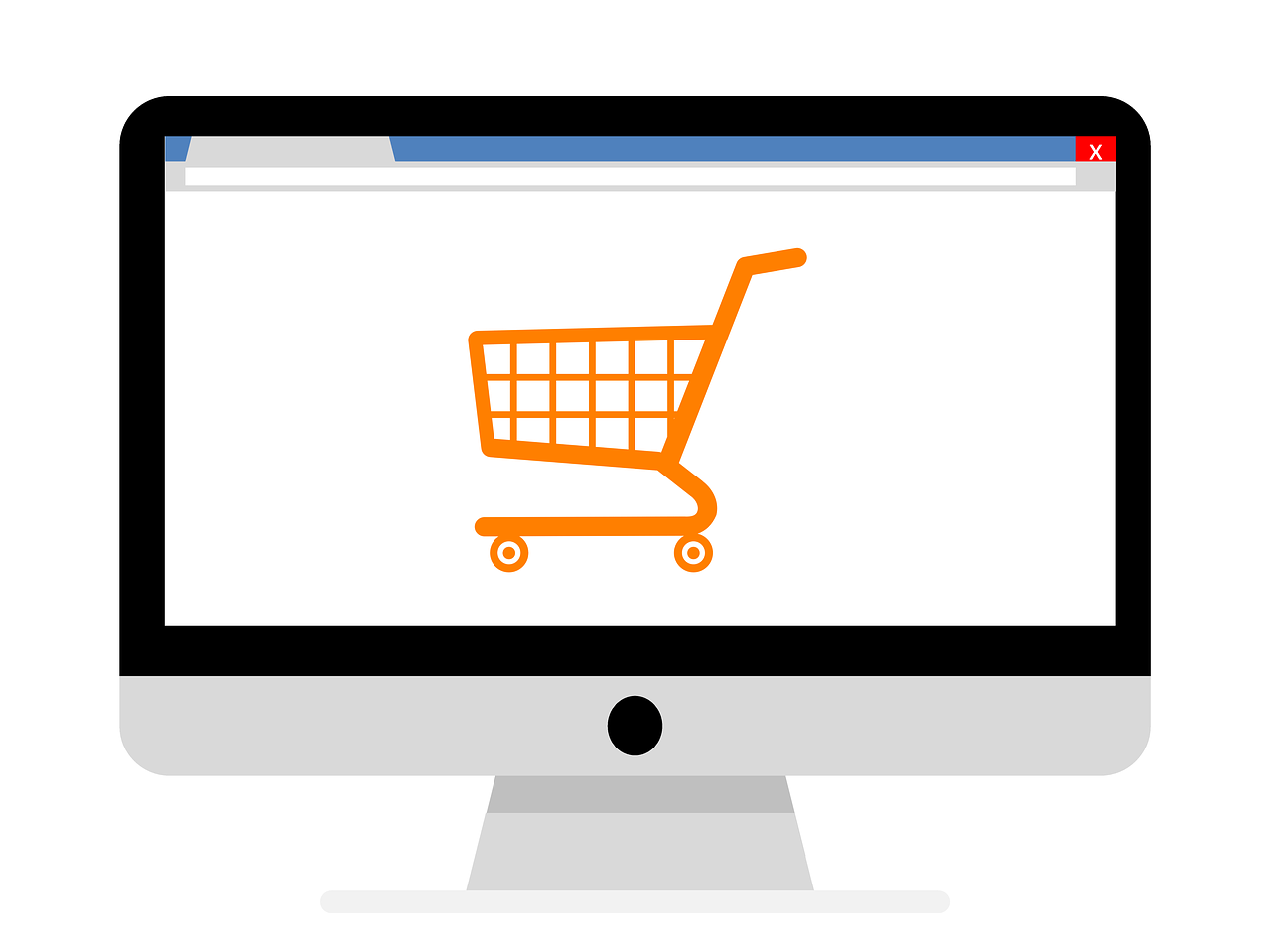E-commerce has revolutionized the way people shop. While shopping patterns differ by age group, with older individuals still preferring brick and mortar stores and younger people preferring e-commerce sites, the majority of people prefer to shop online. While most people and organizations recognize the opportunities that e-commerce offer in regards to market entry, few realize that e-commerce can also be very useful in product innovation for those who know what to look for. Let us examine some of the ways in which R&D labs can use e-commerce in product innovation.
Early Indication of Success In Market: While the buying habits between older and younger generations are often quite different, there are many areas in which they are the same. In this case, if a younger individual is willing to buy a product online than it is likely that the older generation will follow suit and purchase the same product in traditional brick and mortar stores.
As stated earlier, this will only be true if the developer finds that the buying patterns for a specific product are the same amongst all age groups.
Entering a new product into an e-commerce platform that deliberately targets the target audience is much more cost-effective than getting a product into a brick and mortar store. If for whatever reason the product does not sell in an e-commerce environment the producer can reasonably determine that it will not sell in a store either. While the product failure is surely disappointing the amount invested in delivering via an e-commerce platform will be significantly less.

Allows For Real-Time Market Testing: A typical development cycle produces a prototype which undergoes product testing by a user test group. These test groups provide useful data points for determining a product’s viability in the marketplace, but it does not offer the same feedback that a real-world market test does. Being able to introduce a product via E-commerce platforms allows an organization to see, in real life, how the product is perceived. If the new product is not well received the product can be taken off the market to avoid any further economic losses.
After the product is taken off the market new data can be gathered as to why the product didn’t succeed; what shortcomings it had or why it was not able to penetrate the market.
Product Rebranding: Launching a product in a typical brick and mortar store requires a much greater initial investment. Launching on an e-commerce platform allows for an organization to do a smaller launch with less investment. In the event that the product does not perform well the data points gathered allows the developer to redesign their product and re-launch it under a different branding or product name.
Statista states that forty percent of internet users worldwide have purchased products via e-commerce platforms. This means that over 1 billion individuals buy products online. Being able to perform small product releases to such a large market is an unconventional, yet valuable, tool in product innovation.

